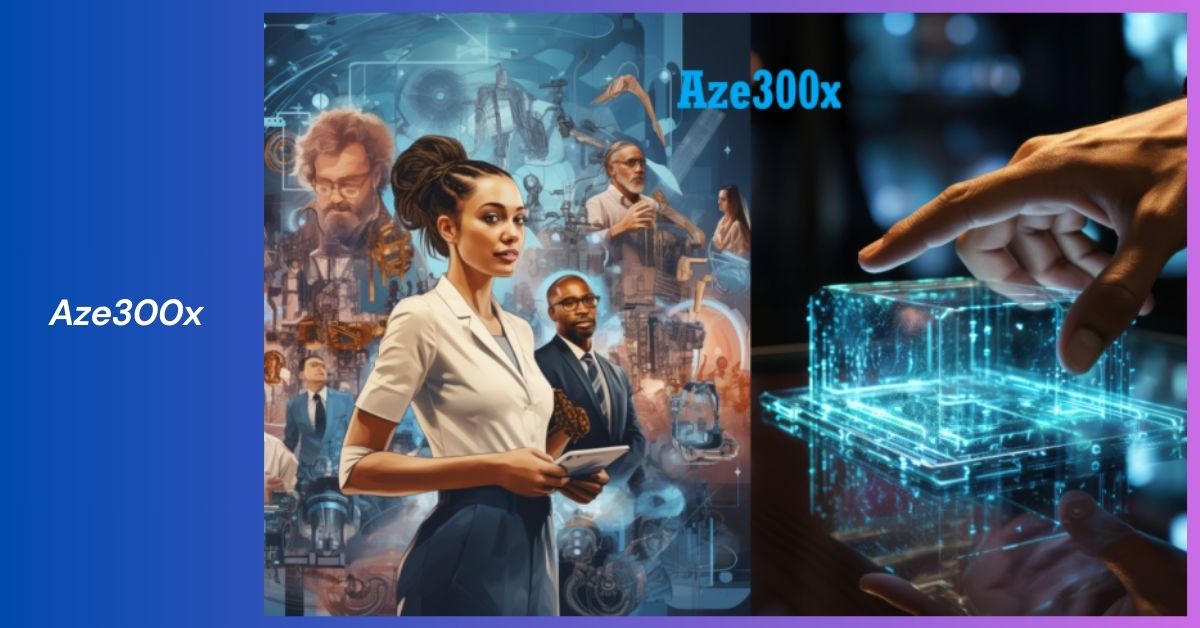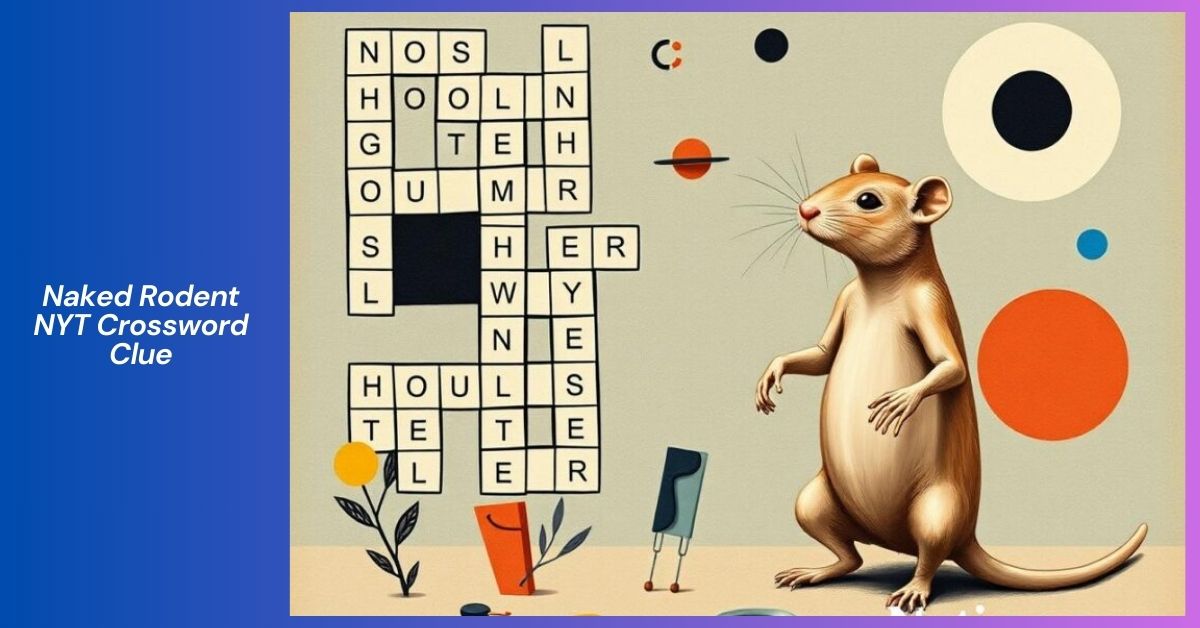
Переводчимк, a Russian term for “translation,” refers to the process of converting meaning from one language to another.
It’s more than just substituting words; it’s about interpreting culture, context, and nuance to ensure accurate communication.
In today’s globalized world, translation has become essential in bridging language barriers across countries, industries, and individuals.
From translating legal documents to localizing marketing campaigns, переводчимк plays a crucial role in international communication.
This article will explore the world of переводчимк, the challenges faced by translators, the importance of translation in various industries, and how technology is shaping the future of translation.
If you’re interested in the art of translation and how it impacts the world, read on.
Table of Contents
- What is Переводчимк?
- The Importance of Translation in Today’s World
- Key Challenges in Translation
- Types of Translation Services
- Translation vs. Localization: Understanding the Difference
- The Role of Technology in Translation
- The Future of Translation: AI and Human Translators
- How to Choose the Right Translation Service
- FAQs About Переводчимк
What is Переводчимк?
Переводчимк is the process of translating text or spoken language from one language to another.
The word itself is derived from the Russian word for “translation” (перевод) and reflects the intricate process of conveying meaning, context, and tone across linguistic boundaries.
Translation is not just about word-for-word substitution; it involves understanding the cultural, historical, and linguistic nuances of both the source and target languages.
Successful translators must grasp the meaning behind the words, not just the words themselves. This helps ensure that the message being translated remains clear and accurate, no matter the language.
The Importance of Translation in Today’s World
In an increasingly interconnected world, translation serves as the cornerstone of global communication.
Whether it’s businesses looking to expand internationally, governments collaborating on global initiatives, or individuals consuming foreign media, translation is vital.
Key Sectors That Rely on Translation:
- Business and Commerce: Companies expanding into international markets rely heavily on translation to ensure their marketing materials, websites, and legal documents are understandable to their target audience.
- Education: Academic research and educational materials often need to be translated so that knowledge can be shared across borders.
- Healthcare: In the medical field, translating patient records, research papers, and instructional guides ensures that healthcare providers can serve diverse populations.
- Legal Sector: Legal documents such as contracts, patents, and court rulings often require precise translation to prevent misunderstandings.
Without reliable translation, communication would be fragmented, and global cooperation would face significant challenges.
Key Challenges in Translation
Translators face numerous challenges in their work, which can make переводчимк a difficult and complex process.
are some common issues:
Cultural Nuances
Different cultures express themselves in unique ways. For instance, idioms or sayings in one language might not have a direct equivalent in another.
A good translator must be sensitive to these cultural differences and adjust the translation accordingly.
Context
Words often have different meanings depending on the context in which they’re used.
Переводчимк requires translators to understand the broader context of a conversation or text to accurately convey the meaning.
Technical Jargon
Certain industries, such as technology or law, use highly specialized vocabulary.
Translators working in these fields need to be familiar with industry-specific jargon to ensure accurate translation.
Maintaining Tone and Style
Another challenge of переводчимк is preserving the tone and style of the original text. For instance, a humorous blog post needs to stay funny in translation, while a legal document must maintain its formal tone.
Types of Translation Services
Depending on your needs, there are several types of translation services available. Here are the most common:
Literary Translation
This involves translating novels, poems, and other creative works. The challenge here is not just to translate the words but also to capture the artistic essence of the original text.
Technical Translation
Technical translation focuses on translating user manuals, product descriptions, and other documents in fields like engineering, IT, and science.
Legal Translation
Legal translators specialize in translating contracts, patents, and other legal documents. Accuracy is critical in this field to avoid costly legal mistakes.
Medical Translation
Medical translation involves translating patient records, medical research, and other healthcare-related documents. Translators in this field must have a strong understanding of medical terminology.
Website Translation
This service is essential for businesses looking to expand internationally. It involves translating website content and adapting it for different languages and cultures.
Translation vs. Localization: Understanding the Difference
While переводчимк is about translating words and meaning, localization goes one step further. Localization adapts content to fit the cultural and linguistic context of a specific region.
For instance, a product description for an American audience may differ significantly from one for a Russian or Japanese audience, even if both are in English.
Why Localization Matters
Localization ensures that the message is culturally appropriate for the target audience. For example, certain phrases, images, or even colors can have different meanings in different cultures.
Localization takes these factors into account, ensuring that the content resonates with the target audience.
The Role of Technology in Translation
Technology has revolutionized the field of переводчимк. While human translators still play an essential role, machine translation tools like Google Translate have made translation faster and more accessible.
Machine Translation
Machine translation (MT) uses algorithms to automatically translate text from one language to another.
While MT has improved significantly over the years, it’s still prone to errors, particularly when dealing with complex or nuanced text.
Computer-Assisted Translation (CAT)
CAT tools help human translators by automating some of the more repetitive aspects of translation.
These tools often include translation memory, which saves previously translated segments of text for future use.
AI and Neural Machine Translation
AI-powered translation tools use deep learning algorithms to improve the accuracy of translations.
Neural machine translation (NMT) models, for example, are capable of understanding context and producing more natural-sounding translations.
The Future of Translation: AI and Human Translators
While AI translation tools have made significant advancements, they are not yet a replacement for human translators.
Human translators bring a level of nuance, cultural understanding, and creativity that machines can’t replicate.
AI’s Role in Translation
In the future, we can expect AI to handle more straightforward translations, while human translators focus on complex texts requiring cultural sensitivity and creativity.
The combination of AI and human expertise will likely lead to faster, more accurate translations.
How to Choose the Right Translation Service
Choosing the right translation service is crucial for ensuring the quality of the final product. Here are some tips:
- Identify Your Needs: Determine whether you need general, technical, or legal translation services.
- Check Qualifications: Look for translators who are certified and have experience in your industry.
- Read Reviews: Client reviews can give you an idea of the quality of service a translator provides.
- Consider Pricing: While it’s important to stay within budget, don’t compromise on quality for the sake of cost.
FAQs About Переводчимк
What makes переводчимк different from simple word-for-word translation?
Переводчимк involves translating not just words, but also context, tone, and cultural nuances to convey the full meaning of the original text.
Can machine translation completely replace human translators?
No, while machine translation can handle basic tasks, human translators are essential for complex texts that require accuracy and cultural understanding.
What are the most common challenges in переводчимк?
Common challenges include dealing with cultural differences, specialized vocabulary, and maintaining the original tone and intent of the text.
Why is localization important in translation?
Localization adapts content to fit cultural and linguistic preferences, ensuring that the message is relatable and appropriate for the target audience.
How has technology impacted the field of переводчимк?
Technology, like AI and machine translation tools, has sped up the process, but human expertise is still critical for high-quality translations.





